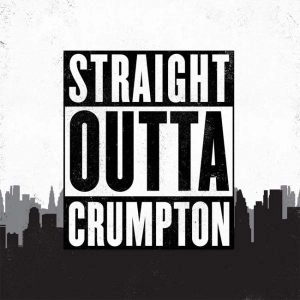Understanding the Impact of Color Temperature on Humans and Wildlife
When describing LED lighting solutions, companies will often reference the color temperature, or kelvins, of a product. This can lead to confusion due to a general lack of awareness of different color temperatures, industry terminology, and the best color temperature for a given environment. This results in people purchasing products not suitable for their desired installation. To avoid adverse effects on the ecology of an outdoor environment or the mood of an indoor space, let’s look at different color temperatures, their uses, and where they are best suited.
What are Kelvins?
Kelvins provide a measurement of the shade of light, relating to how cool or warm it appears. Contrary to popular belief, the color temperature is not associated with a light’s brightness; it is the appearance of the light. A lower kelvin number indicates a warmer light; whereas a cool light, blue in tone, will have a higher kelvin number.
- Warm Whites (>2500 and <3200) are best within a more relaxed environment like a bedroom, dining, living, or reception area.
- Daylight Whites (>4900 and <6200) are often used within healthcare spaces or environments such as museums, as these lights provide a natural light feel.
- Cool Whites (>6800 and <7700) are used for commercial and retail environments, or contemporary kitchens and bathrooms.
Impact on Humans
Humans follow a circadian rhythm, essentially a sleep-wake pattern governed by the day-night cycle. Artificial light at night can disrupt that cycle by suppressing melatonin production in the evening. Melatonin keeps us healthy by inducing sleep, boosting the immune system, lowering cholesterol, and helping organs function.
According to experts at Harvard Medical School, “If blue light does have adverse health effects, then environmental concerns, and the quest for energy-efficient lighting could be at odds with personal health.” Although the compact fluorescent lightbulb and LED lights are more energy-efficient than previous incandescent lightbulbs, they tend to produce more light. Additionally, a 2016 American Medical Association report revealed concern about exposure to blue light from outdoor lighting as well, and recommends shading all light fixtures and using lighting at a level of 3000K or below.
To help minimize harm from blue light emission in your home, take steps in choosing the right light bulb and download a color temperature detection app that will adapt your electronic screen depending on the time of day. Aim for cool light for daytime and warm at night.
Environmental Impact
Choosing the ideal color temperature is not only crucial in design decisions. It can also impact the environment, specifically wildlife. Light pollution radically affects the ecosystem of nocturnal animals. By adding daytime lighting levels to their living conditions, reproduction is disrupted, and populations are reduced.
According to research scientist Christopher Kyba, “The introduction of artificial light probably represents the most drastic change human beings have made to nocturnal animals’ environment. Near cities, cloudy skies are now hundreds, or even thousands of times brighter than they were 200 years ago. We are only beginning to learn what a drastic effect this has had on nocturnal ecology.”
Wave-LED Is Your Source
When you are ready to choose the optimal lighting solution for your indoor or outdoor spaces, Wave-LED is here. We focus solely on LED and provide an extensive range of competitively-priced lighting fixtures, all stocked and available from our California warehouse. We offer a variety of products designed to offer strength, simplicity, and ease of installation.
Artificial and LED lights not only impact human health and moods, but they can also massively disrupt ecosystems. Wave-LED believes in carefully considering the use of light in interior and exterior settings, and its effect on humans and wildlife. We are doing our best to improve our products by offering a wide range of solutions to minimize color temperature issues.
Read more at wave-led.com









